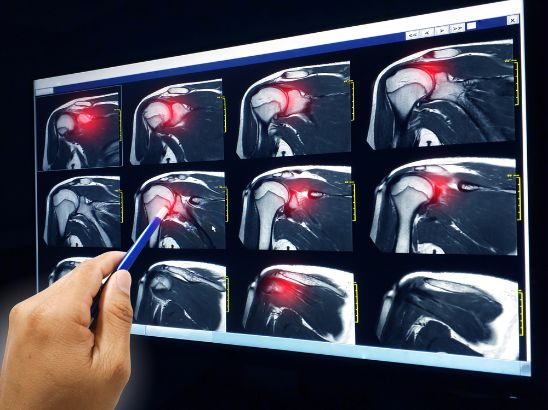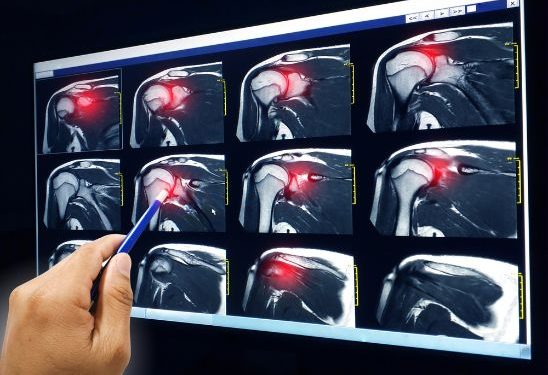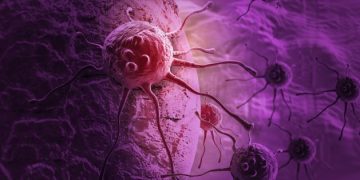Tendinitis symptoms include pain, stiffness and tenderness of a tendon or group of tendons. The condition occurs when a tendon becomes irritated or inflamed, often as a result of overuse or injury.
Tendons are thick cord-like tissues that connect muscle to bones, enabling movement and helping your body function normally. They are also the key to your body’s ability to absorb impact and force.
The most common symptoms of tendinitis are pain and tenderness of the affected area, which may be red, swollen or hot to the touch. Symptoms usually get better with rest, but sometimes medical treatment is needed.
Your doctor will examine the area and ask about your past activities, work habits and other health conditions that may have contributed to the injury. Imaging tests such as X-rays and MRIs may be necessary.
You should be careful not to overuse the injured joint, which can make it worse and increase the risk of future problems. The best way to recover is to stop exercising the injured joint and allow the tendons time to heal.
Typical exercises for tendinitis are rest, ice, compression and elevation. If the pain is severe, you may need to wear a brace or splint during certain activities.

A physical therapist can suggest an exercise program that will help you strengthen nearby muscles and keep the tendon in good shape. They might also recommend ultrasound and whirlpool treatments that can relax your muscles and tendons, improving circulation and promoting healing.
Your doctor might prescribe nonsteroidal anti-inflammatory drugs (NSAIDs) such as ibuprofen (Advil, Motrin IB, others), naproxen sodium (Aleve) or acetaminophen (Tylenol, others). If you can’t take these drugs, a cream with ibuprofen or other pain relievers may be useful.
Other options to ease the pain of tendinitis are steroid injections and surgery to repair or replace damaged tendons. These methods aren’t always necessary, but they can be helpful when pain is chronic and the tendon has been injured or torn.
Most cases of tendinitis and tenosynovitis clear up with rest, icing and medication. A splint or cast may be recommended to hold the joint in place and rest the irritated tendon, but not for long because it can cause contractures, muscle wasting, and adhesions.
You can prevent tendinitis by following the advice of your doctor or physical therapist. Try to mix up your exercise routine so that you don’t overuse a joint. You should also take care not to do the same activity over and over, especially for long periods of time.
Some people are at increased risk of tendinitis because they have a genetic predisposition to developing the condition. Other conditions, such as rheumatoid arthritis or gout, can also cause tendons to be prone to inflammation and deterioration.
A steroid injection into the sheath of an inflamed tendon can often ease the symptoms of tendinitis and tenosynovitis. However, it can be difficult to know whether the treatment is working, so a repeat injection isn’t recommended until the pain has significantly decreased.









